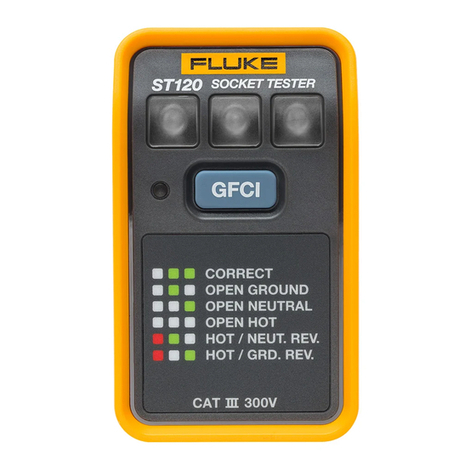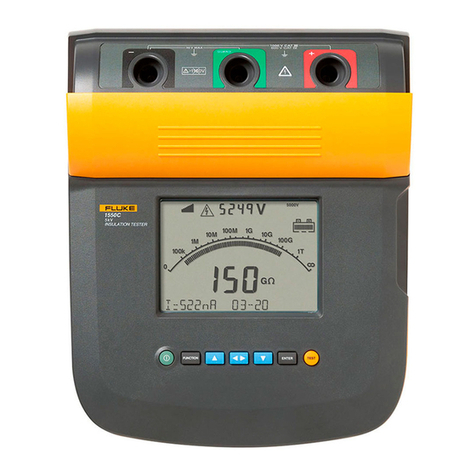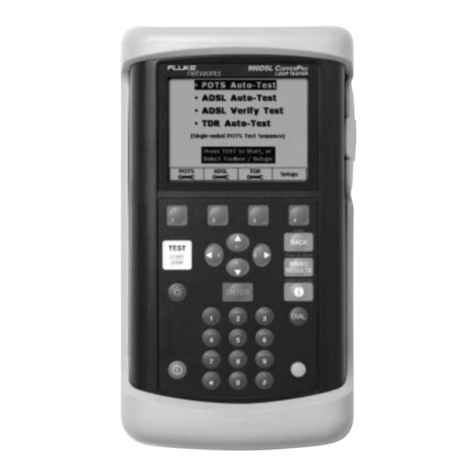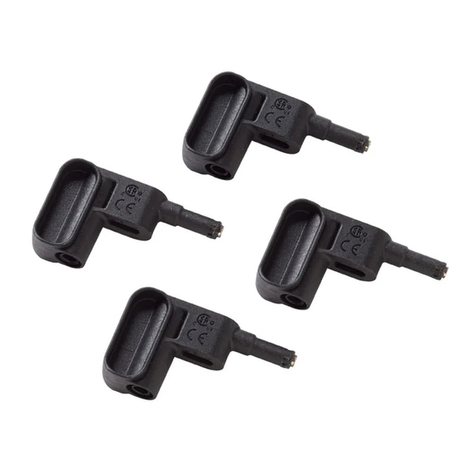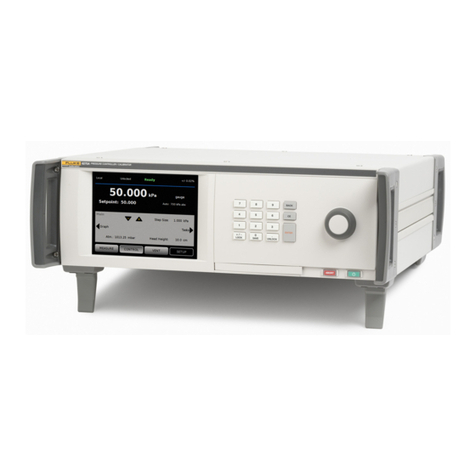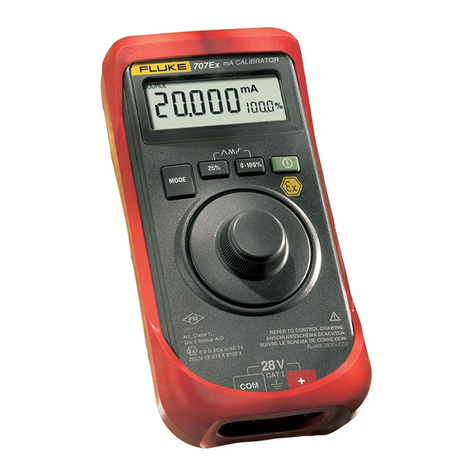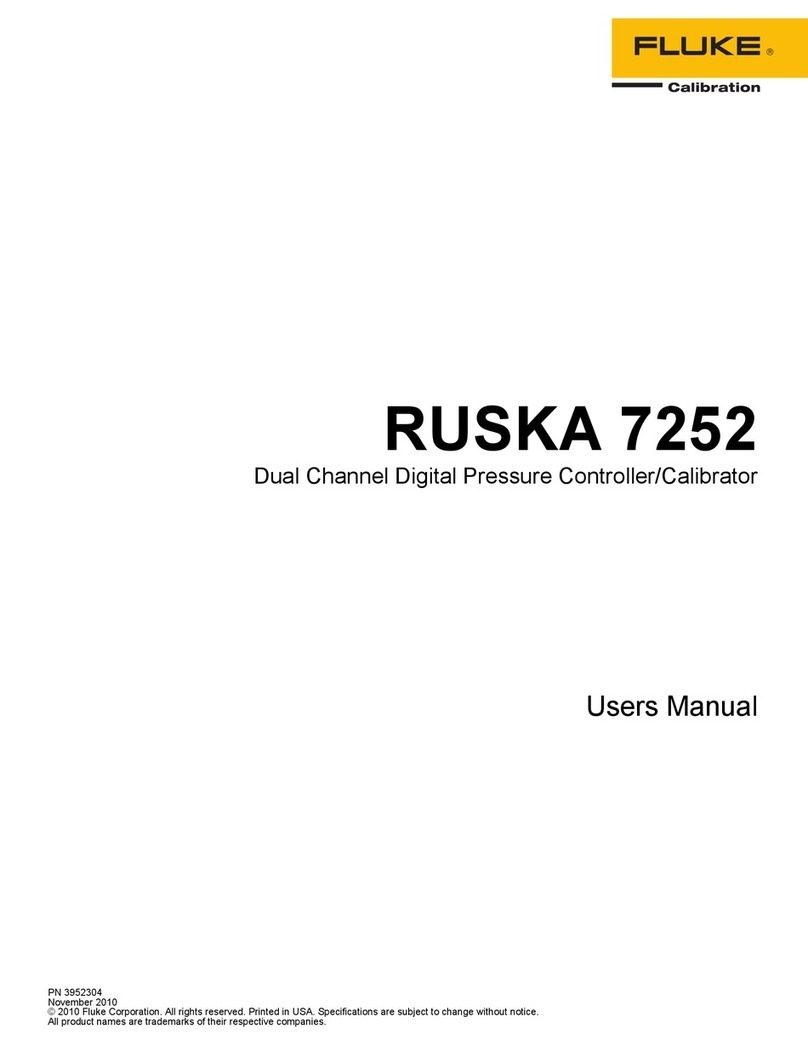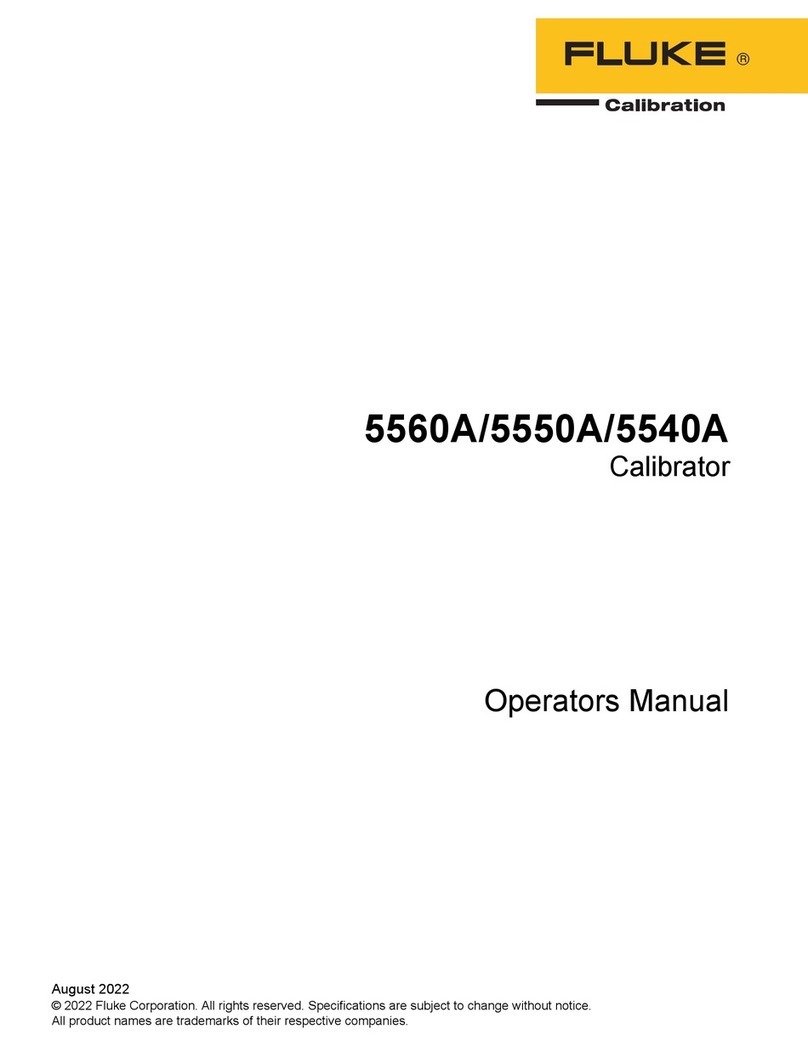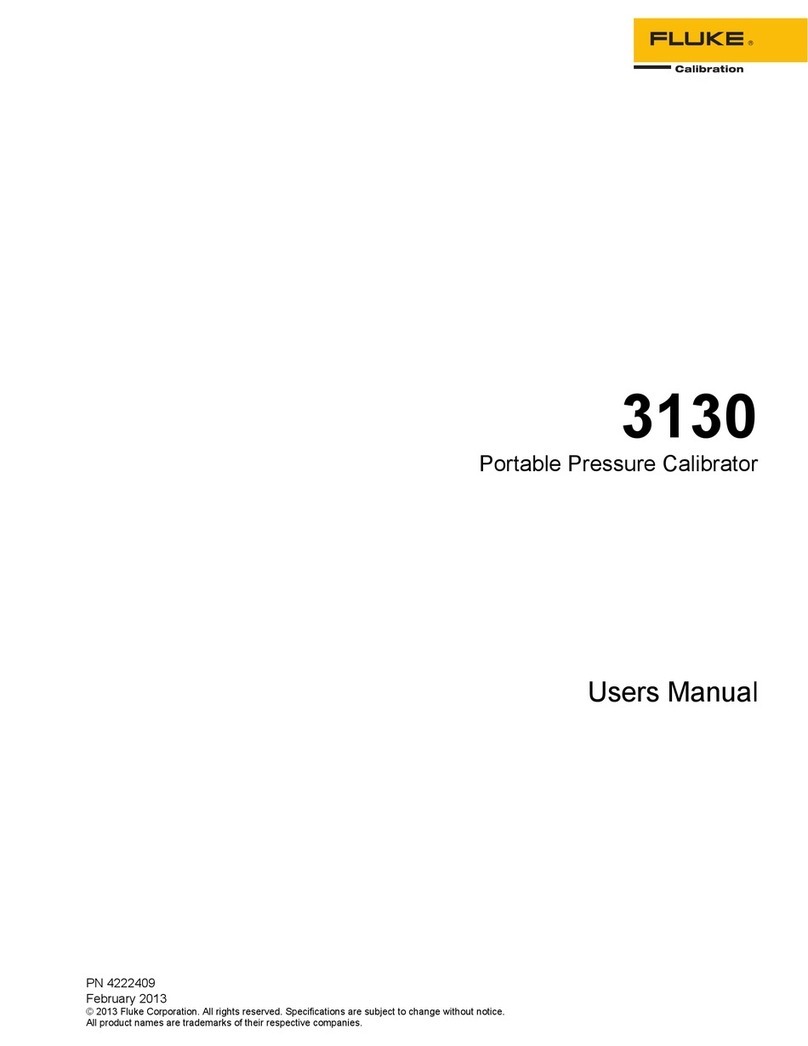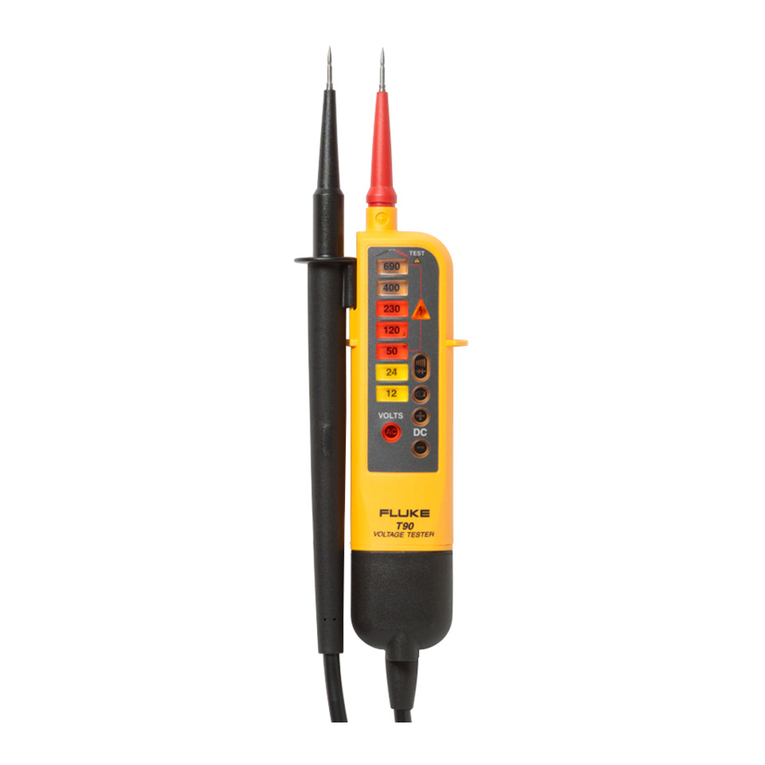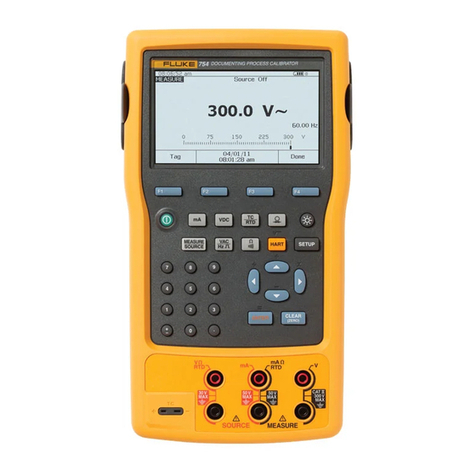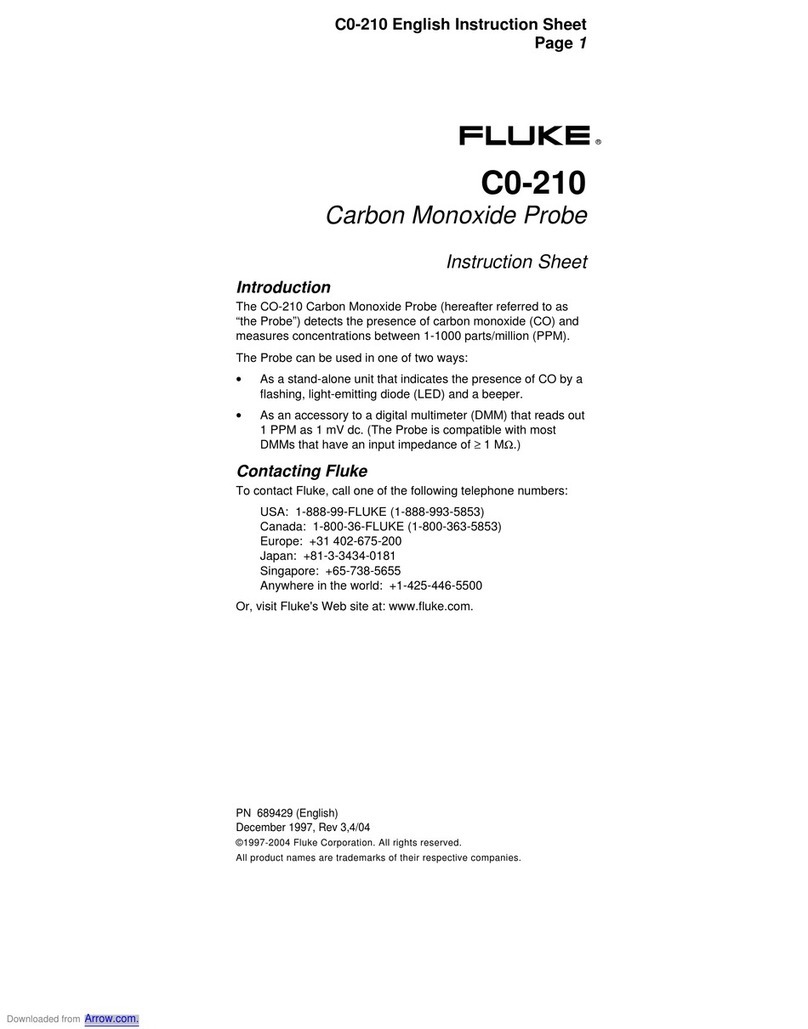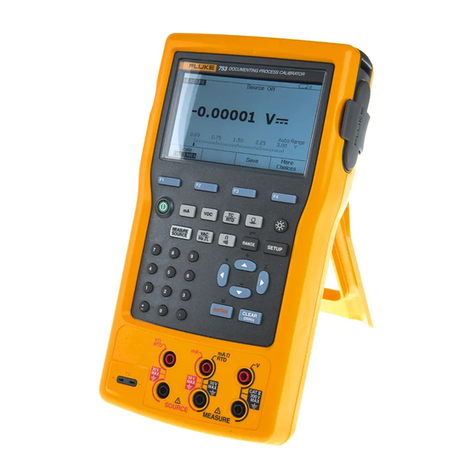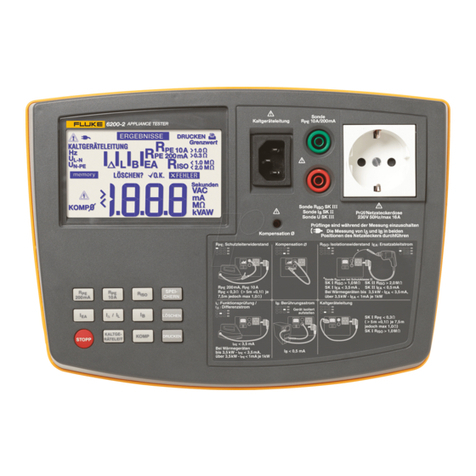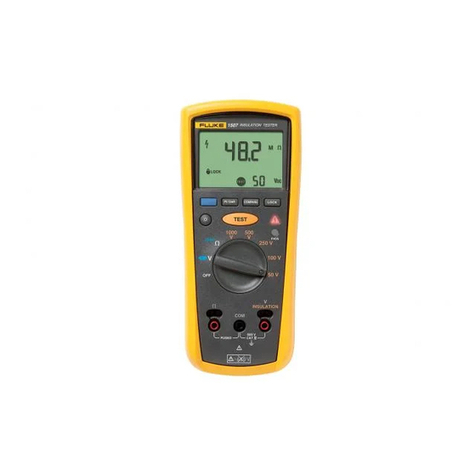
i
Table of C onten ts
Introduction......................................................................................................................... 1
Contact Fluke ..................................................................................................................... 2
Safety Information............................................................................................................ 2
Symbols................................................................................................................................ 5
Unpack the Tester ............................................................................................................ 6
The Tester............................................................................................................................ 7
Pushbuttons............................................................................................................... 7
Tester On/Off............................................................................................................. 9
Display.......................................................................................................................... 10
Guard Terminal Use................................................................................................. 11
Test Circuit Connections ............................................................................................... 13
Before an Insulation Test ............................................................................................... 14
Preset Test Voltage Selection ............................................................................ 15
Program a Test Voltage (1537 only) ................................................................. 15
Select a Ramp or Steady-State Test (1537 only)......................................... 16
Set a Timed Test (1537 only) ............................................................................... 16
Polarization Index (PI).............................................................................................. 17
Dielectric Discharge (1537 only)........................................................................ 17
Dielectric Absorption Ratio .................................................................................. 18
Insulation Test.................................................................................................................... 18
Store Test Results (1537 only)............................................................................ 20
View Test Results Stored in Memory (1537 only)........................................ 21
Delete Test Results Stored in Memory (1537 only) .................................... 23
V ac / V dc / Resistance (1537 only)........................................................................... 23
1537 PC Software............................................................................................................. 24
Maintenance ....................................................................................................................... 25
Cleaning....................................................................................................................... 25
Battery Replacement.............................................................................................. 25
Parts and Accessories........................................................................................... 26
General Specifications.................................................................................................... 28
Electrical Specifications................................................................................................. 28
Principle of Measurement and Resistance ............................................................. 32
